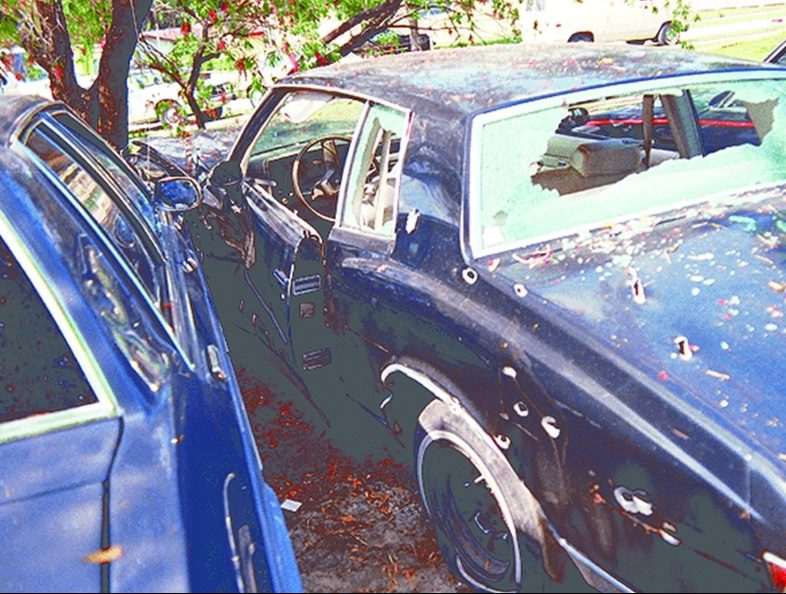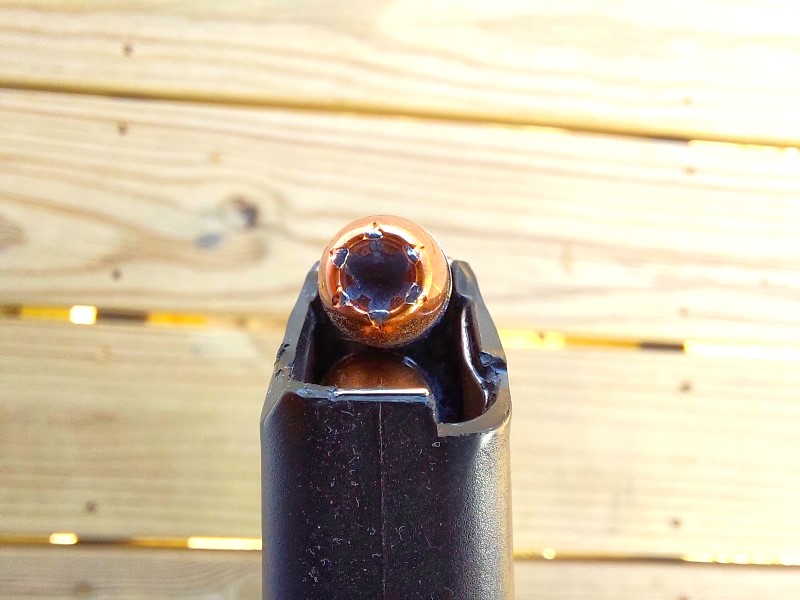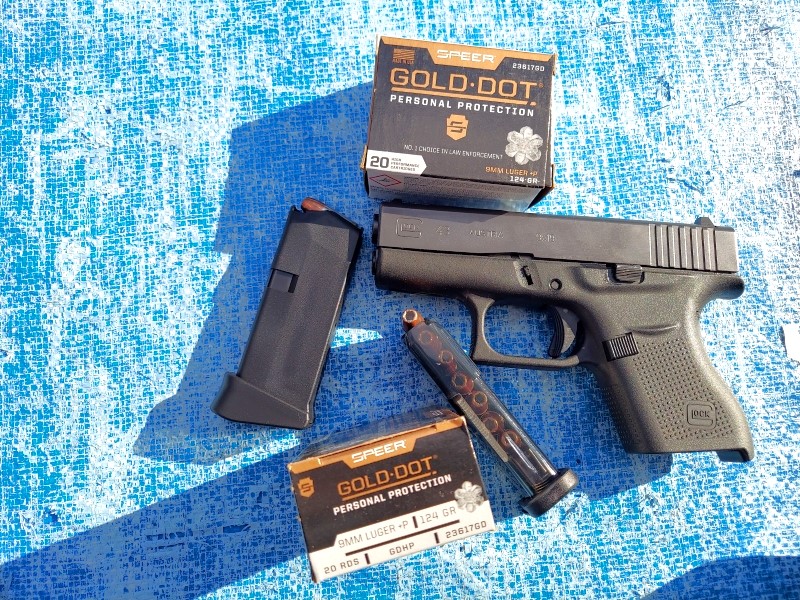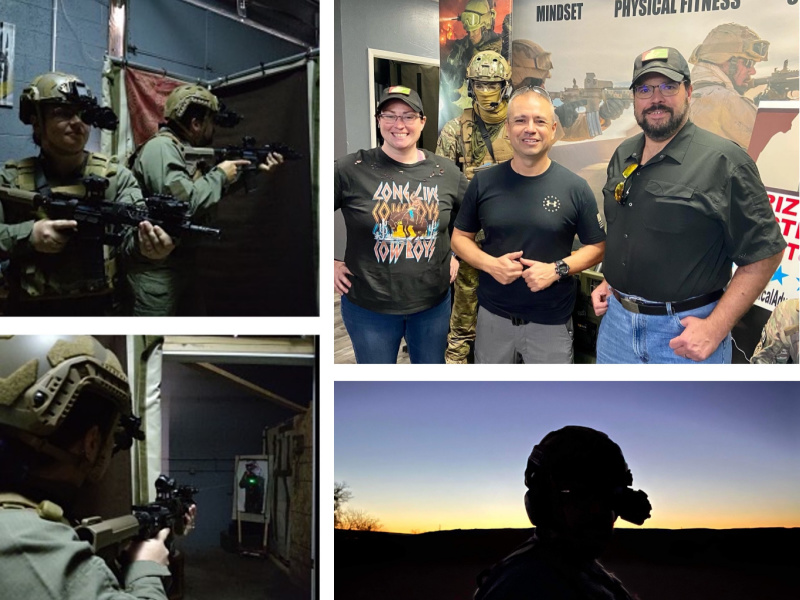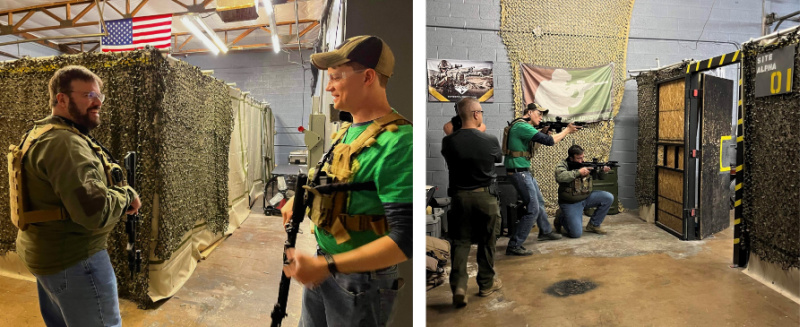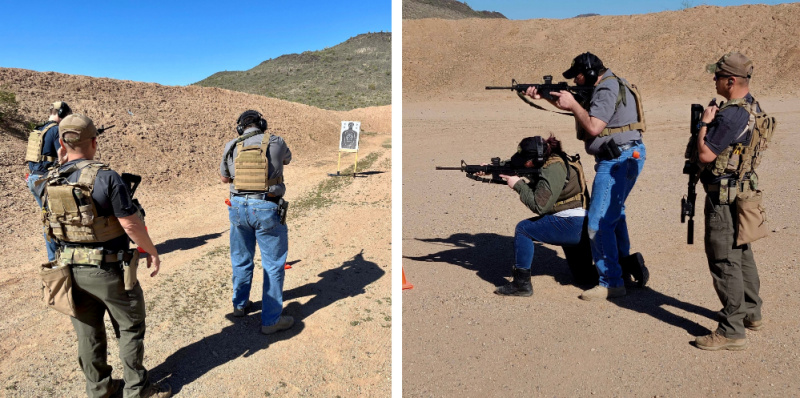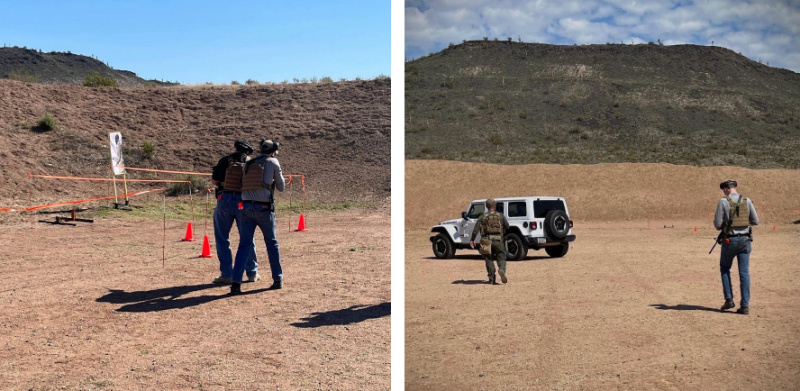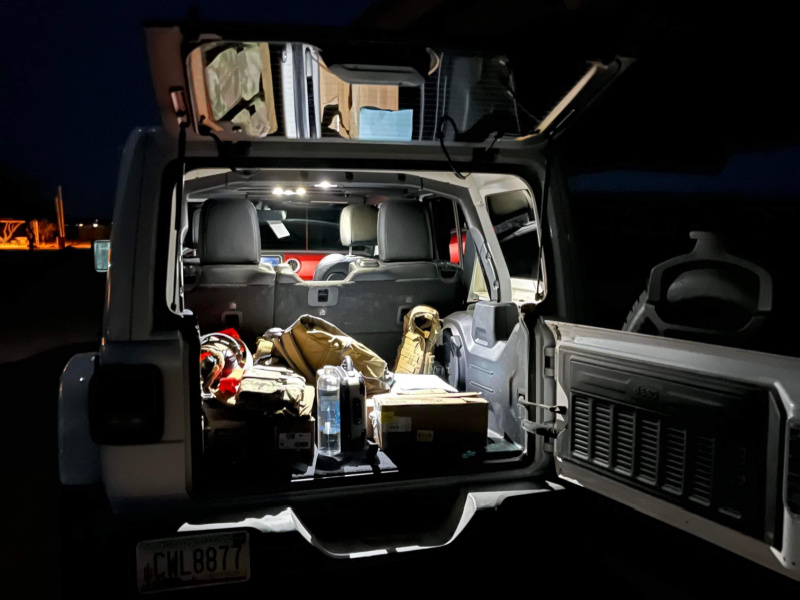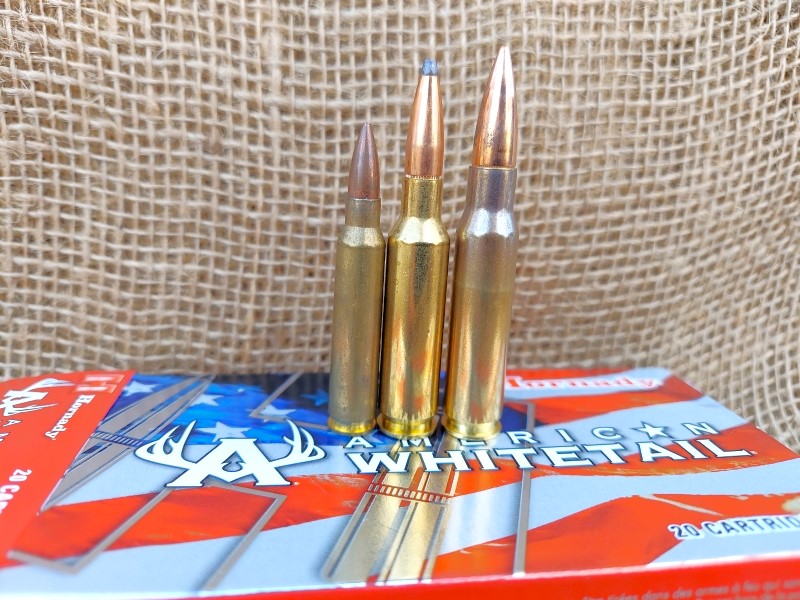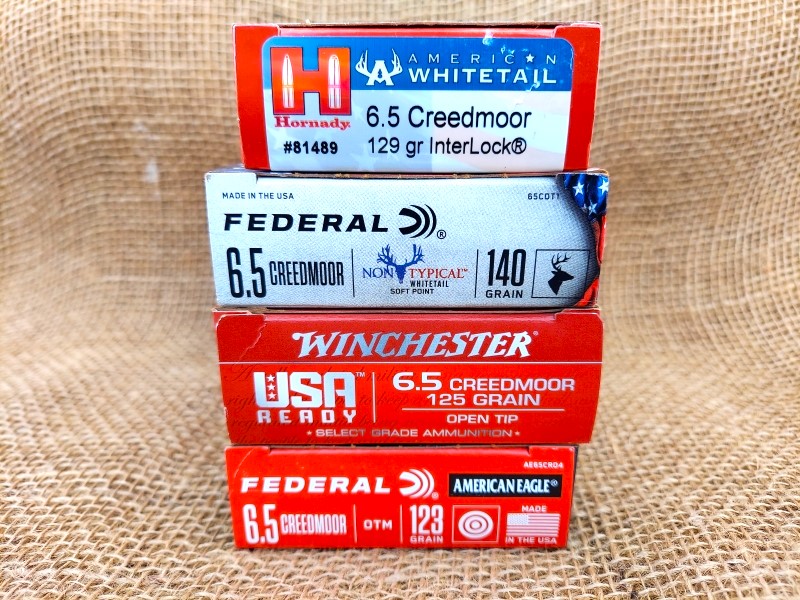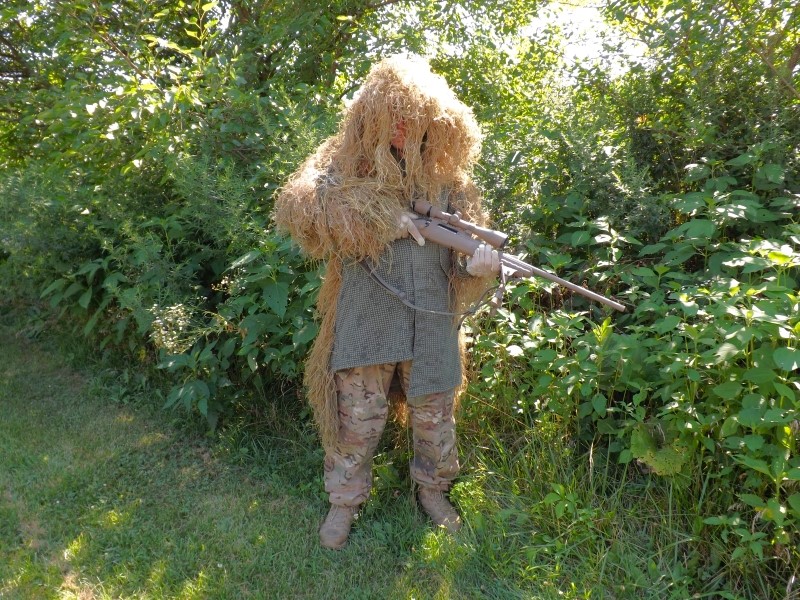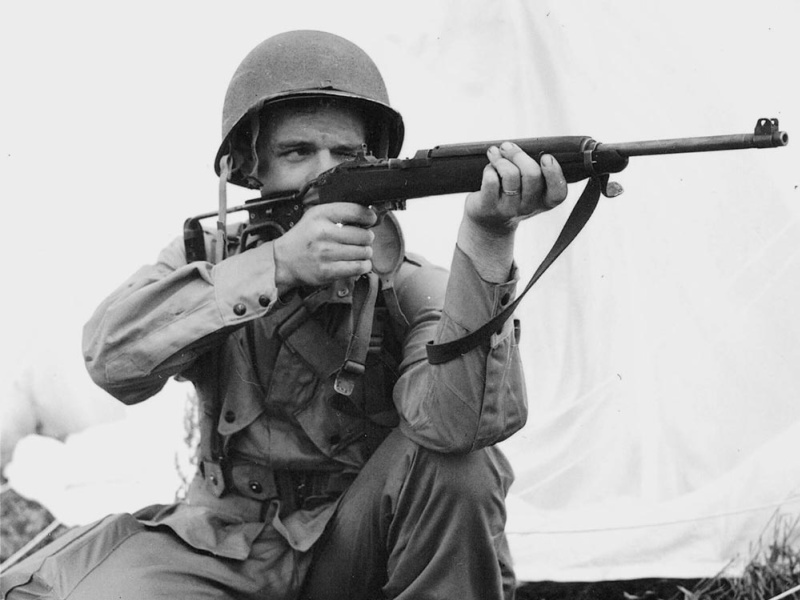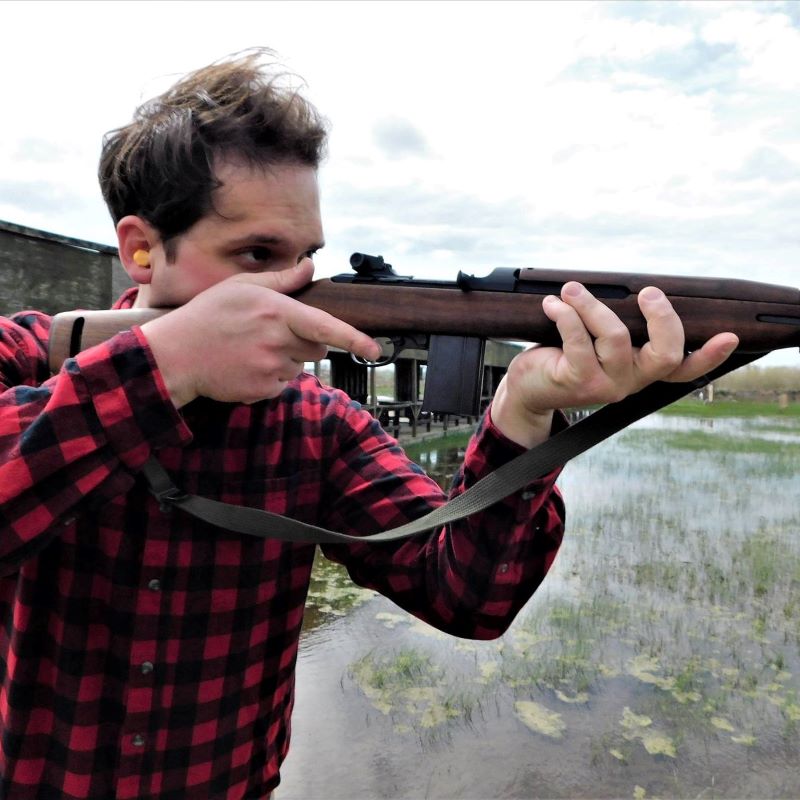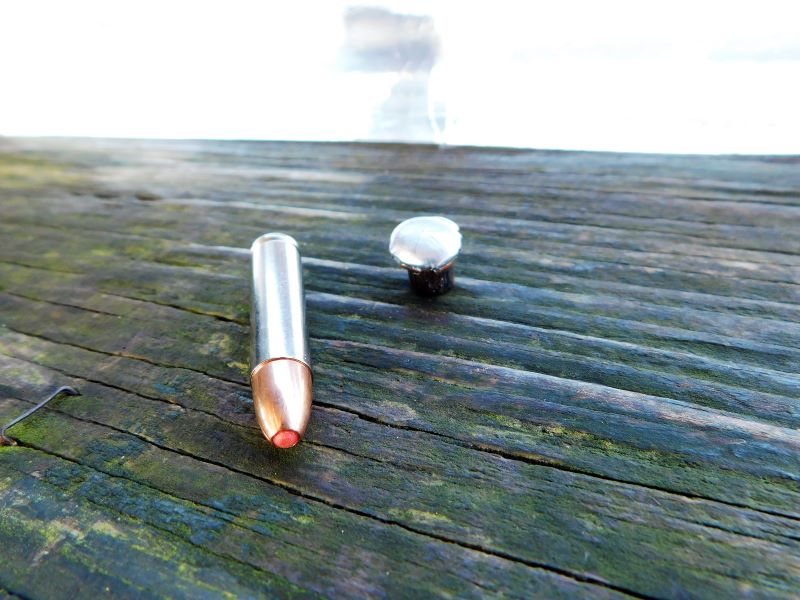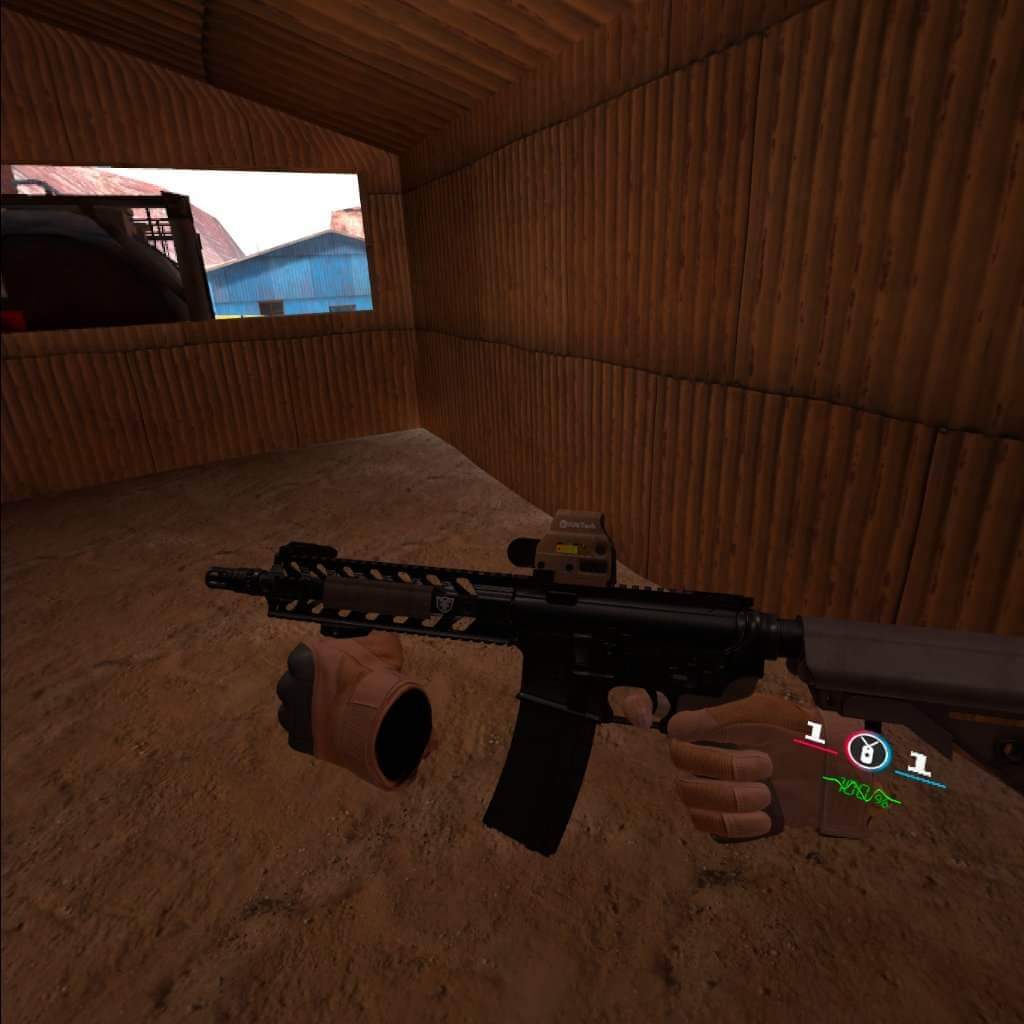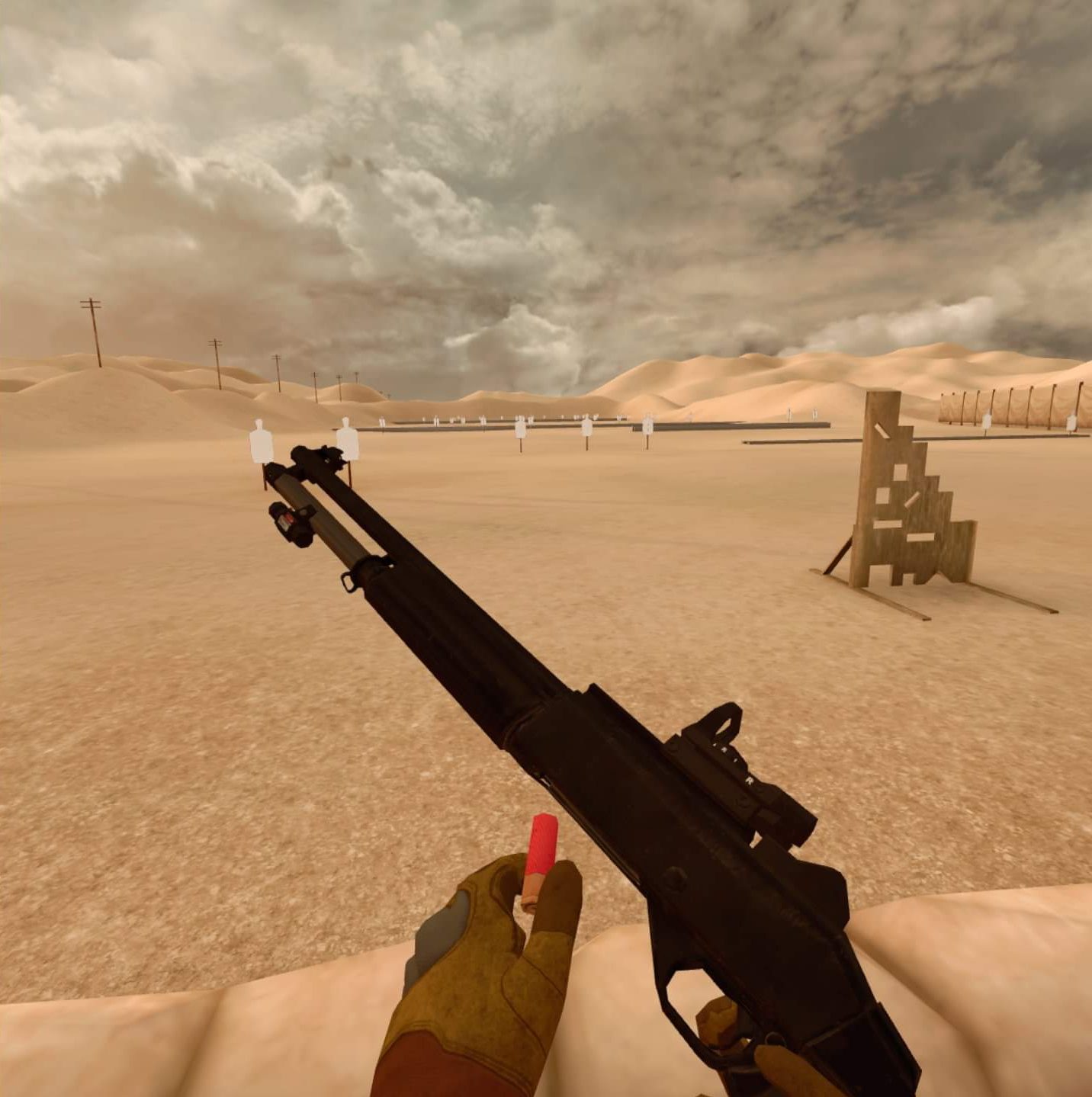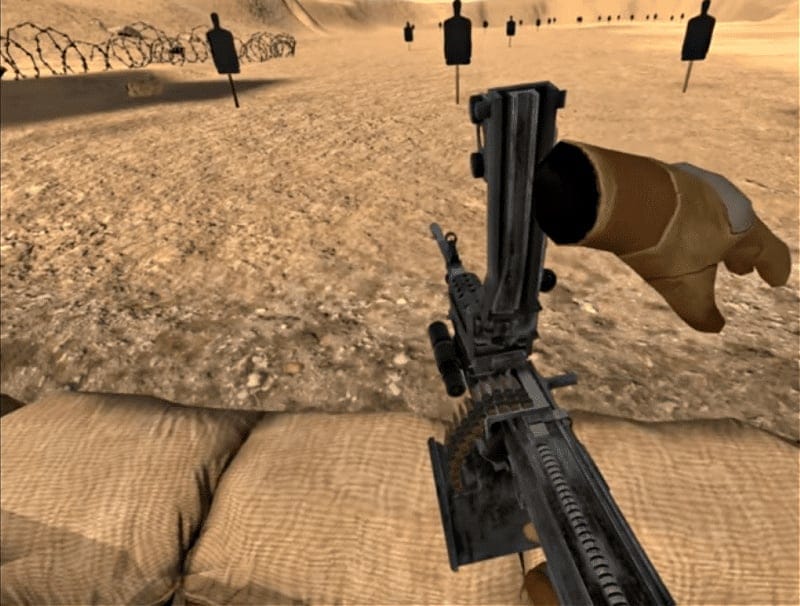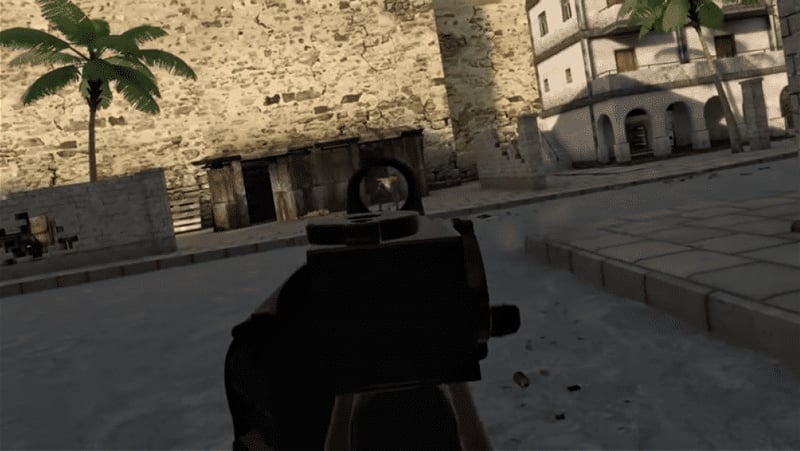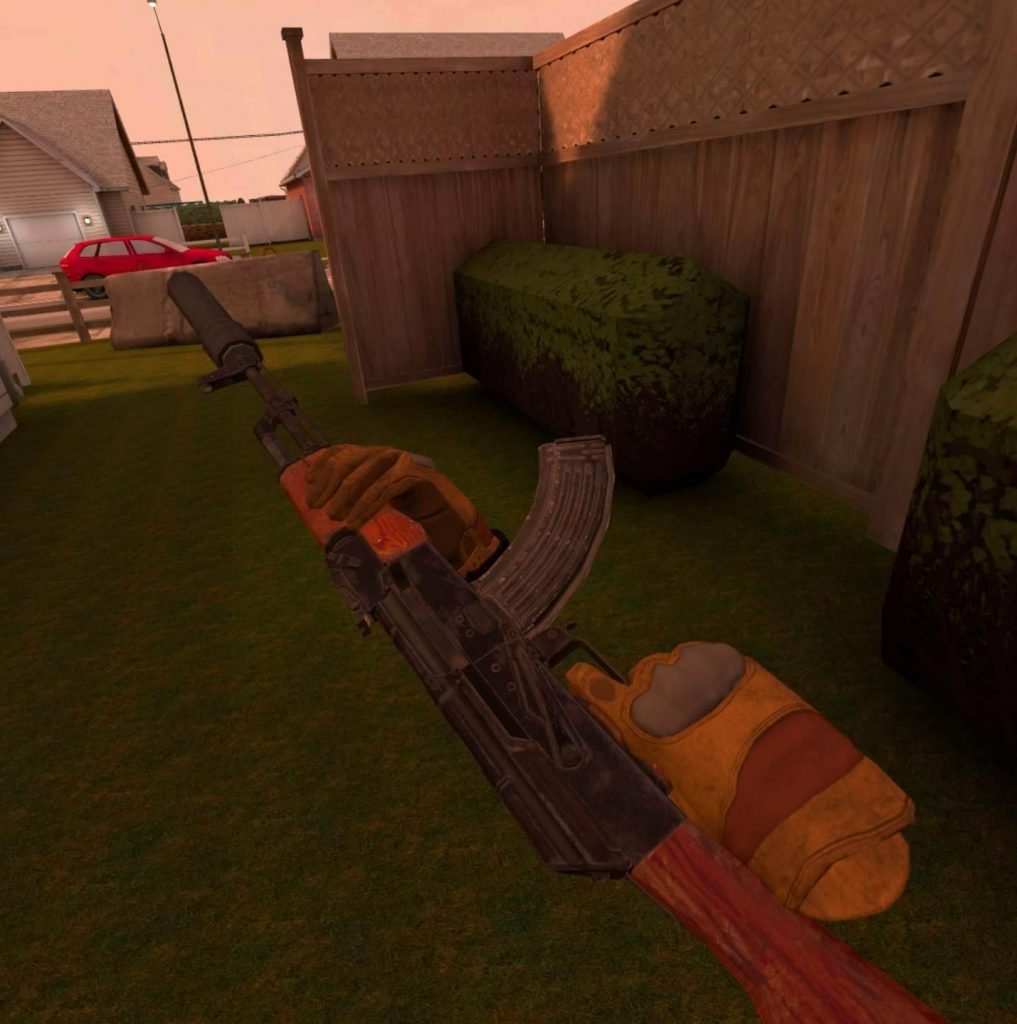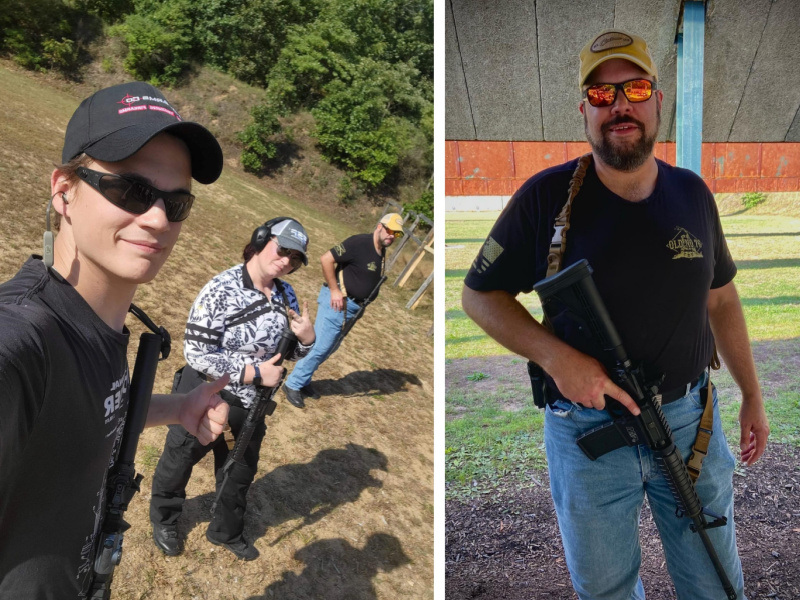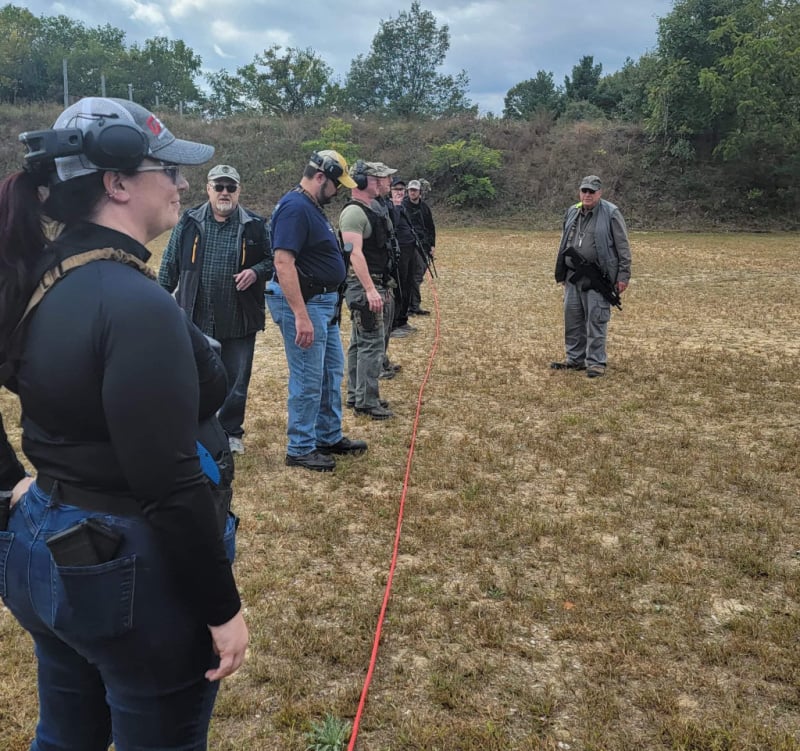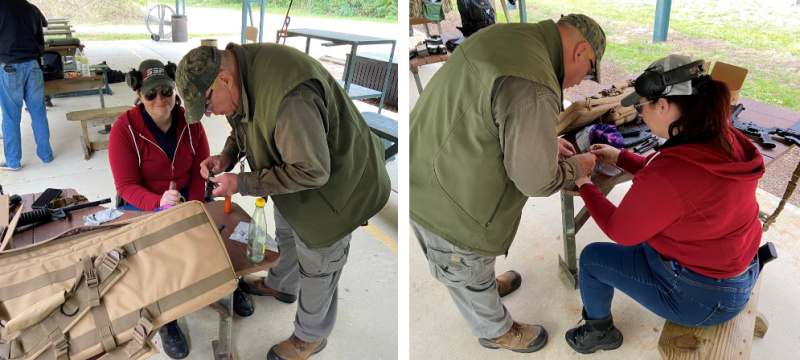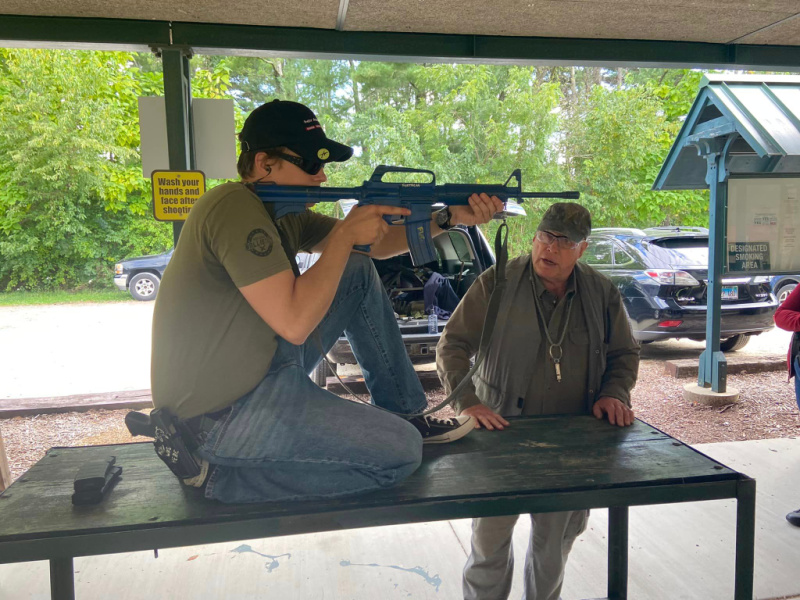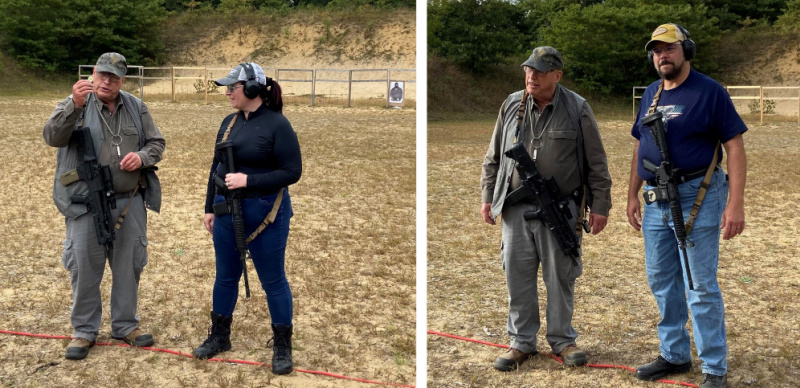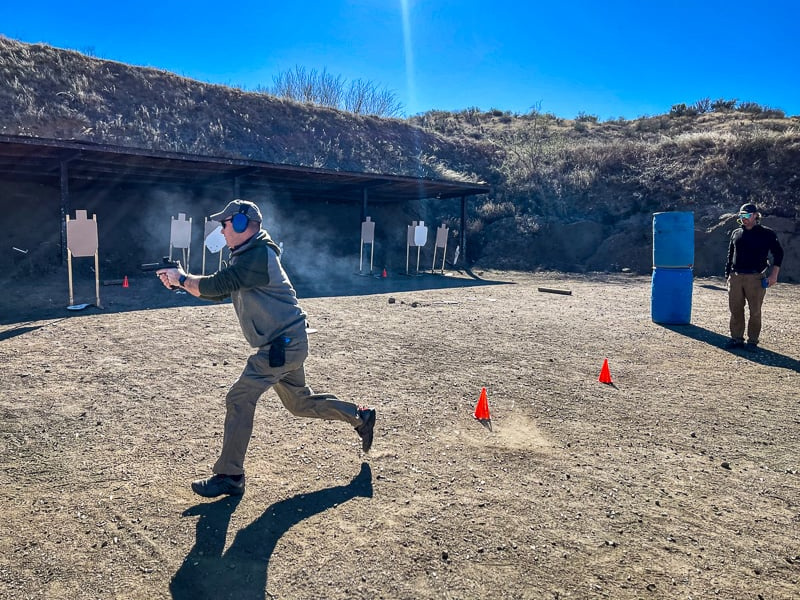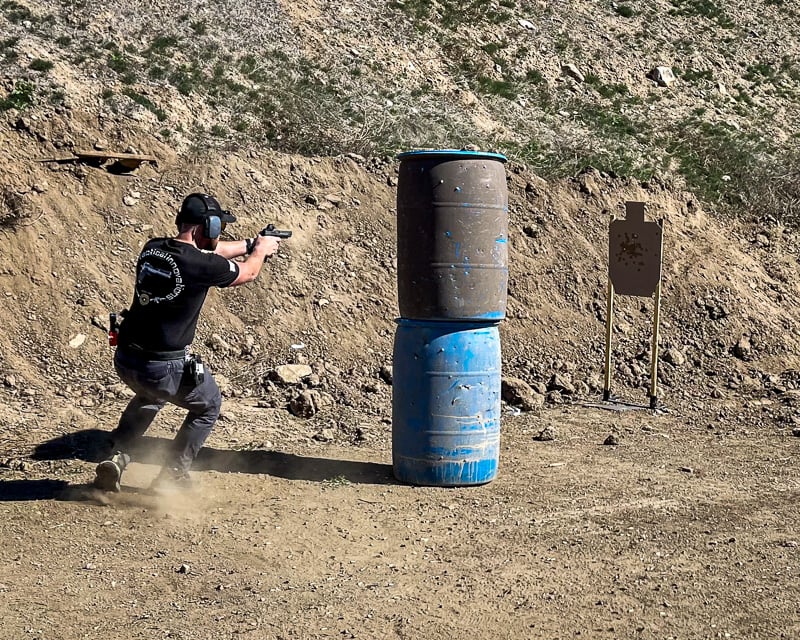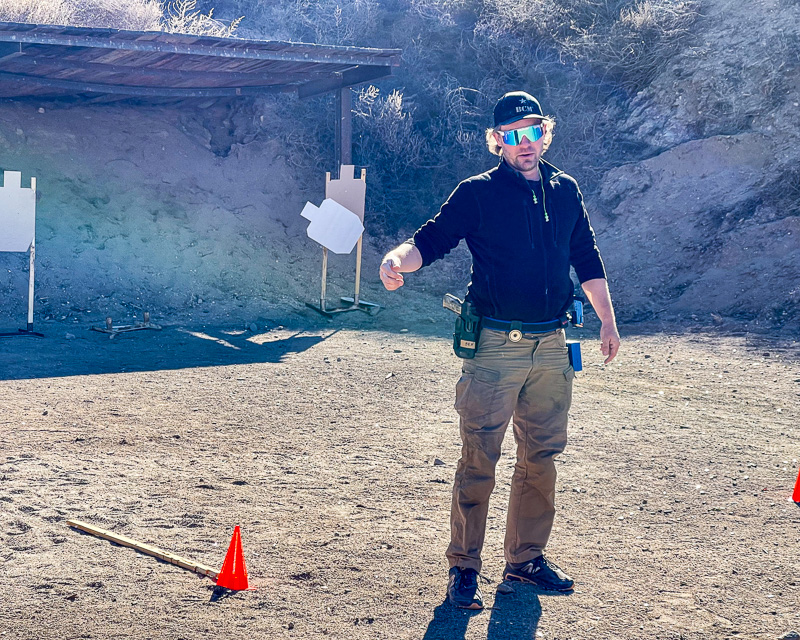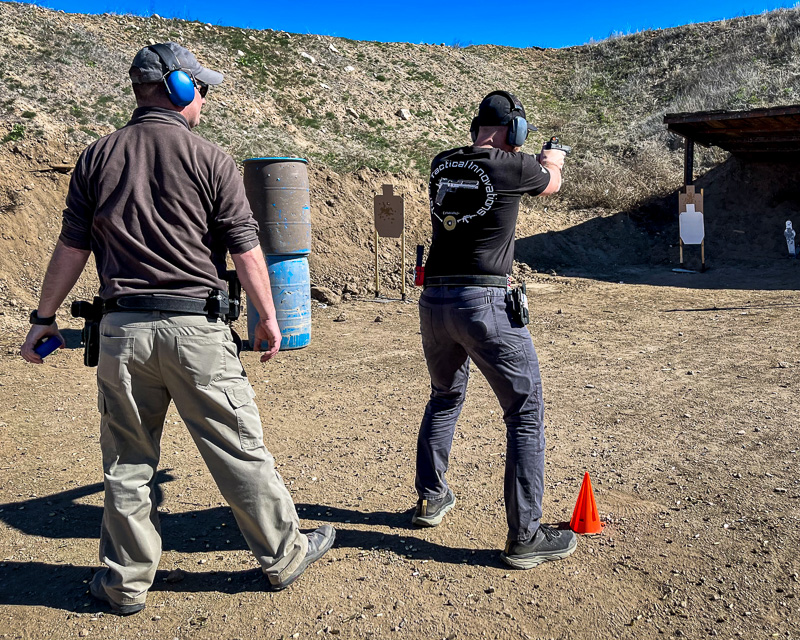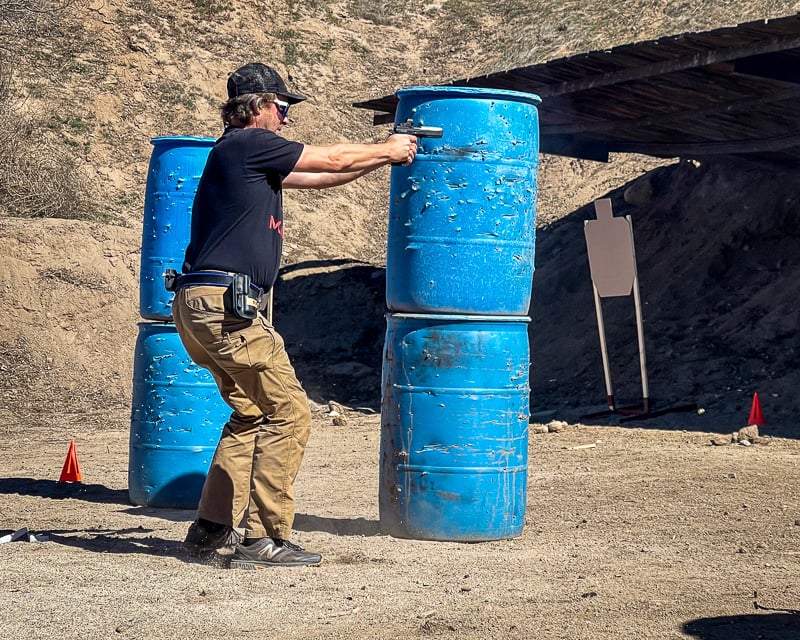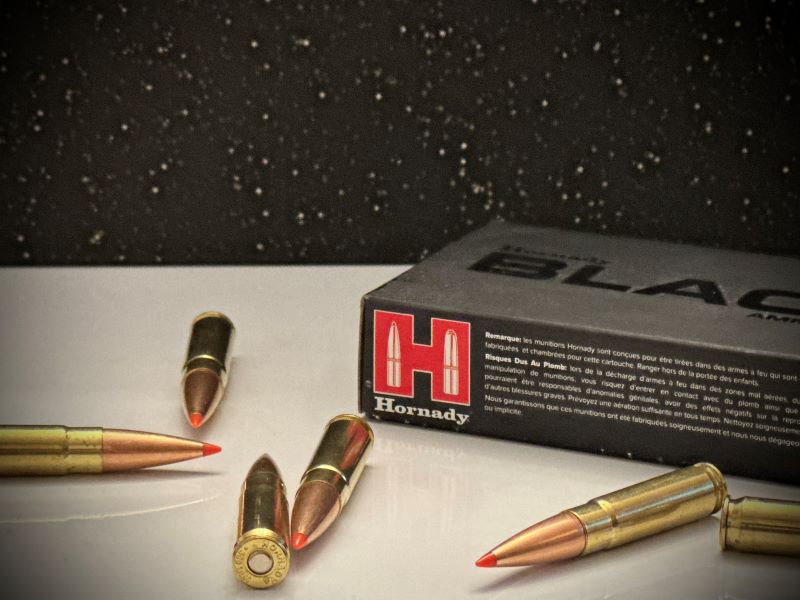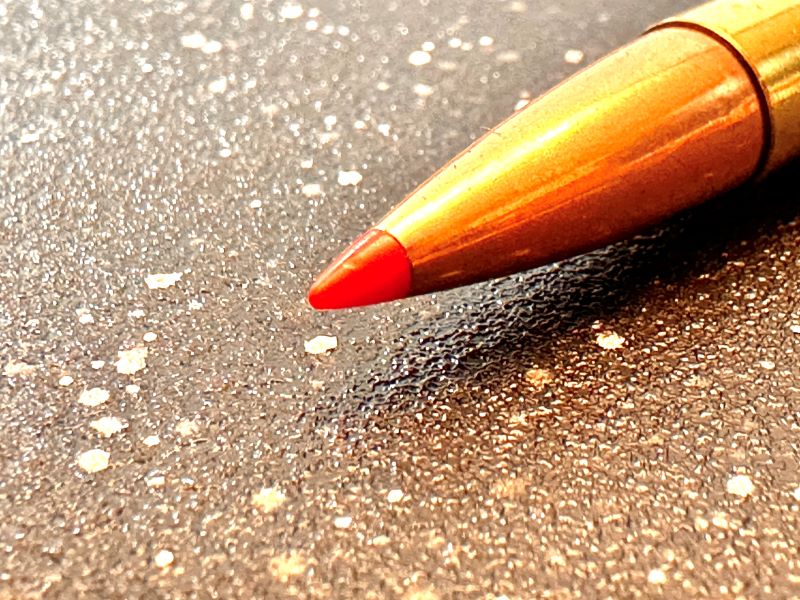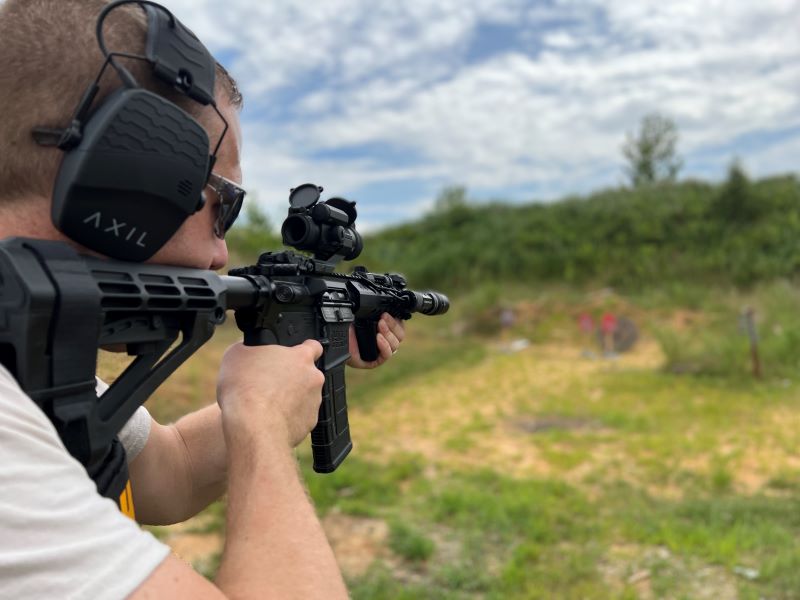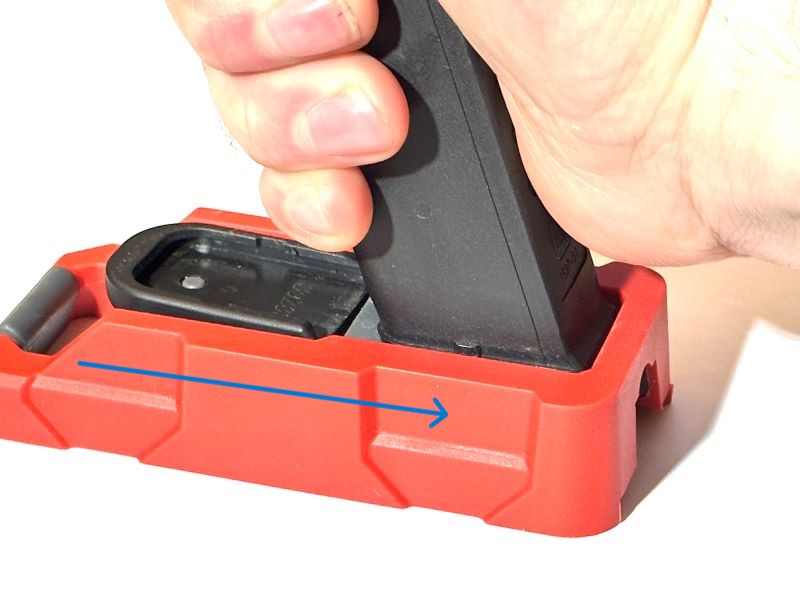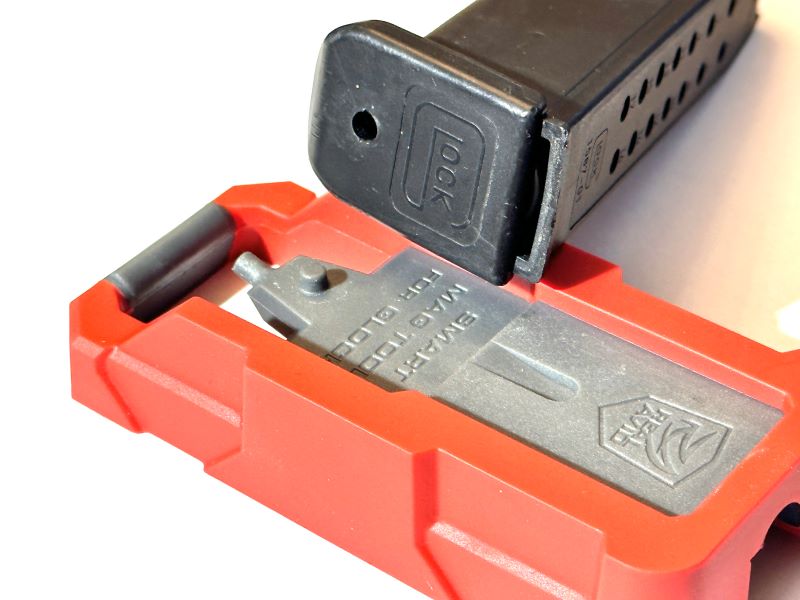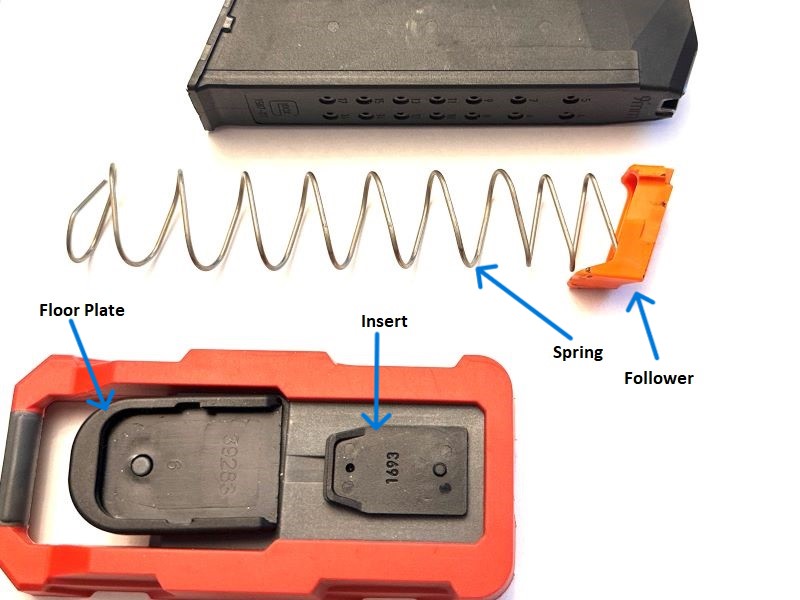Blazer Ammunition 9MM Lugar 124 Grain: Better in Bulk!
9mm is one of the most popular calibers on the market, and it’s also my favorite caliber. Every year I shoot anywhere from 40,000-60,000 rounds of 9mm. It comes in many weights and projectile types, but today we’re focusing on the full metal jacket or FMJ from CCI Blazer Ammunition.
A full metal jacket projectile is typically made up of two pieces. It has an inner core and outer shell. The outer shell is the “jacket” because it encases the whole inner core like how we would wear a jacket when it’s raining. The inner core is a softer material, usually, lead. The jacket improves the firearm’s reliability by protecting the barrel from collecting lead deposits. The jacket is also less prone to deformation compared to all lead bullets. This means the round can be pushed to a higher velocity.
FMJs are typically used as training ammunition since their ballistics capabilities are far less than specialty carry ammo. This makes it perfect for the practice I do to sharpen my skills for the competition field.
Buying in Bulk Saves Money
When I buy factory ammunition, I ask myself three questions:
- Is it reliable?
- Is it accurate?
- Is it affordable?
CCI checks all those boxes for me. It has been my choice for pistol and rifle calibers. They are a trusted brand with extreme consistency between their batches.
Buying in bulk saves money. When I started taking my shooting seriously, I stopped buying single boxes of ammunition because I knew I would be shooting more ammo in the future. As long as you have disposable income, it’s worth putting the money upfront to buy an entire case of 1,000. On GunMag Warehouse, a 1000-round case of CCI Blazer Brass 9mm 124-gr FMJ is $239.99, which is $0.24 per round. A quick Google search shows that is around 10% cheaper than other online ammunition distributors.
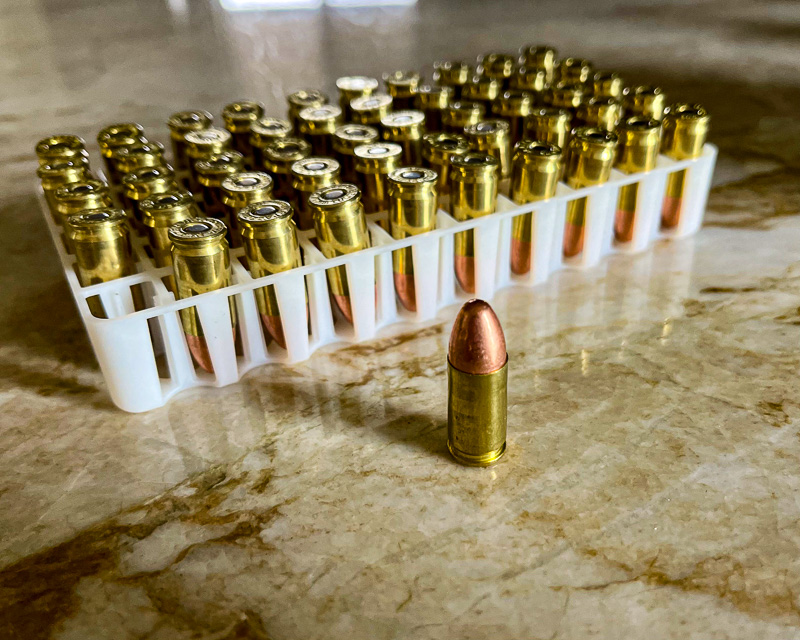
Blazer Brass by the Case — Specs
- Brand: CCI Blazer
- Caliber: 9MM Lugar
- Bullet Weight: 124 Grain
- Muzzle Velocity: 1,090
- Application: Target & Training
- Material: Brass
- Count: 1,000 rounds
Grouping
The first test I perform when getting a new batch of ammo is checking my zero and grouping the shots. I like to shoot anywhere from a 10-20 round group freehand to get a good baseline grouping. Taking a larger round grouping gives you more validity to the group size and helps with identifying the consistency of the ammo.
My first group was with my Nighthawk Customs Sandhawk 9mm 2011. This is a top-of-the-line gun with Nighthawk’s match barrel. I fired ten rounds free hand at a 1-shot-per-second pace at 15 yards. This is much slower than I would typically be shooting the gun, but I wanted to see how tight we could keep the group. As you can see in the picture below, the grouping was fantastic. It would be even tighter if I shot off of a bench rest. I could feel some of my shots being pulled with my trigger press.

The second group I shot was with my Smith & Wesson M&P9 M2.0, which I use for USPSA and PCSL. This group consists of 20 rounds from 15 yards at a “sporty” pace, around .25 seconds per shot. The group opened up some compared to the Nighthawk, but it was at 4 times the speed. I am very happy with this group with the reactive speed of confirming my red dot on my intended target and then ripping the trigger.

These groups are similarly sized to my hand-loaded match ammo, perfectly tuned and calculated for my guns. I couldn’t ask for something at that price point to perform better. The fact that you can get CCI Blazer ammunition in bulk for cheap makes this one of my top choices for off-the-shelf ammunition.
Drills
I ran some EDC-style drills after grouping the guns to see how they would fair at speed and when I was under the pressure of my shot timer. I shot them with a fellow Rogue Methods Instructor, Dillon Ventzke, and I can say I was impressed with the results.
Drill 1: Hunter Constantine 10 Draw Drill
Procedure: Fire one round at the Alpha zone headbox of an IPSC target. Gun loaded and holstered—wrist below the waist. Target is at 10 yards, and the par time is 1.5 seconds. Here is where it gets tricky. You have to do it ten times in a row to pass. If you fail on the 7th draw, you must finish the last three from that set, then restart from zero.
I ran this drill six times total on that range day, and the best I got was 9/10. I got 9/10 four times in a row. The ammo did every bit of its job; the shooter was causing flyers on the target or not meeting the par time. Try this drill and test how well your accuracy is at speed.
Drill 2: Long Distance Draws
Our next drill was a concealment draw at 30 yards on the center A zone of an ISPC target. This was really pushing our speed and accuracy. I was averaging around 1.3 seconds per draw with solid hits. Stretching the distance back gives you a great understanding of your shot placement under stress. The slightest misalignment or flinch can drastically change your shot placement.
We ended on more compounding drills with higher round counts, and the CCI Blazer 124 didn’t stop performing. This is why it is my go-to when buying factory ammunition. The 124 grain is a softer recoiling round than the 115s, and 147s manufacturers offer. I am looking for every advantage I can get when I compete, so having a softer recoiling gun means a better overall match performance.
CCI Ammunition
CCI Ammunition is one of the largest American ammunition brands. They produce a wide array of products, from reloading components to some of the best precision rifle rounds on the market. One of the most popular rounds from CCI is the .22LR Mini Mag. They are one of my most dependable rounds for my Ruger 10/22. I am sure you know if you have a .22LR, dependability is the name of the game to keep your guns running.
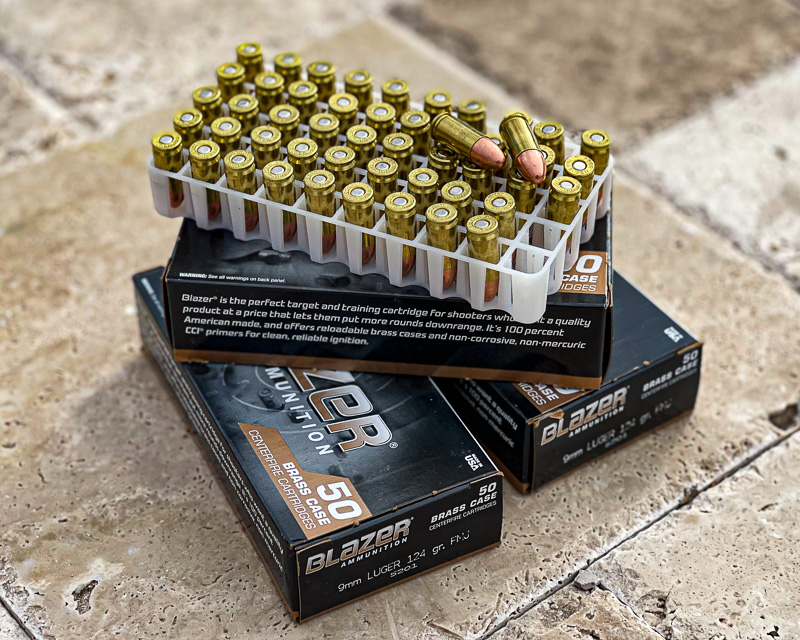
Final Thoughts
Your firearm skills are perishable, so you must stay up on your training to remain proficient. Figure out what makes sense for your budget. If that means 100 rounds a month or 1,000 rounds a month, either way, you should be getting live fire repetitions on your gun. I have taught hundreds of people across the US, and I’v found that most people “think” they are ready when put in a stressful situation. It turns out they aren’t. Even with simple tasks like shooting all A-Zone hits on an IPSC target at 10-15 yards, they fail. There is no replacement for live fire time on your gun consistently. That means you have to keep feeding your gun, and that’s why I like buying my ammunition in bulk. I know it’s going to be shot, so I might as well save some money.
CCI Blazer ammunition checks all my boxes by being reliable, accurate, and affordable.



